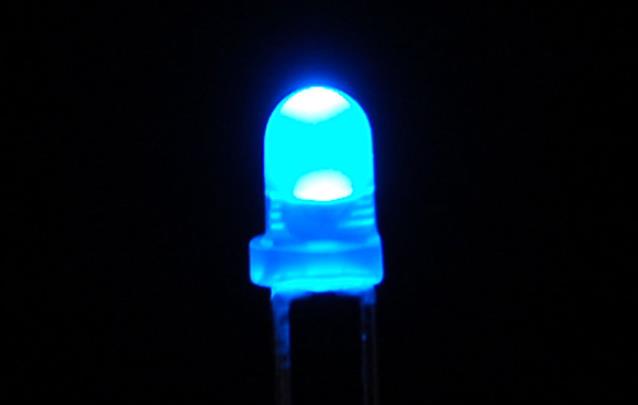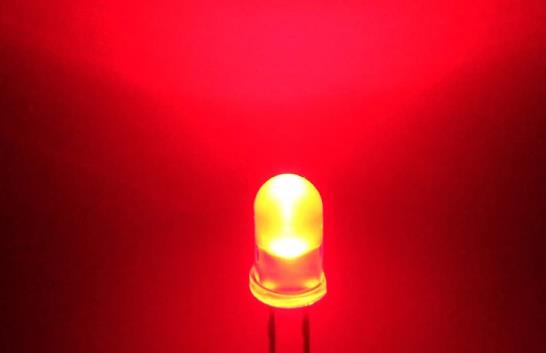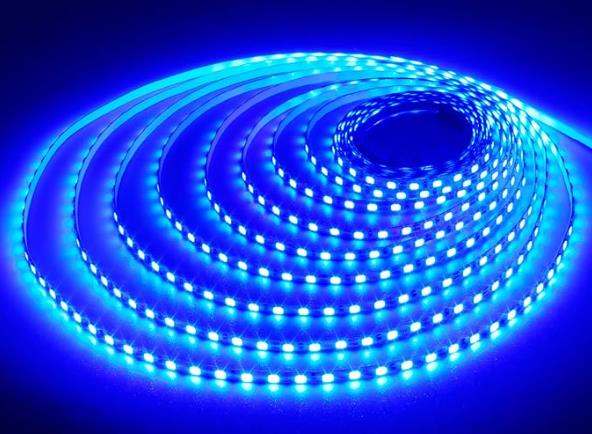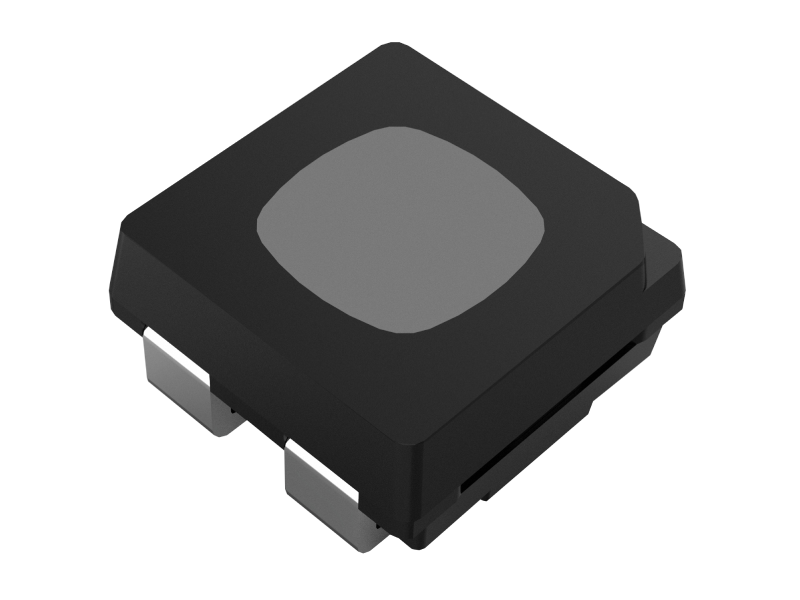Nowadays, white LED lighting fixtures and full-color LED screens based on red, green and blue (RGB) three-color LEDs can be seen everywhere. In fact, the emergence of white LED lighting fixtures and full-color LED screens is not an easy task. From the earliest red LED, to green LED, and then to the emergence of blue LED, behind them are without exception the hard work and dedication of scientists. In particular, the invention of blue LED can be said to be a major breakthrough in the field of semiconductor lighting technology, and is known as the “second lighting revolution after Edison.” Now, let’s dive in the invention of blue LED and learn how it is developed.

Before the invention of blue LED, red and green LEDs had already been invented, but their applications were greatly limited because they could not synthesize white light. The invention of blue LED enabled humans to collect the three primary colors (red, green, and blue) and produce bright enough white light through combination, greatly improving lighting efficiency.
In 1962, Nick Holonyak Jr. of General Electric invented the first practical visible light-emitting diode, the red LED.

Subsequently, scientists began to explore other colors of LEDs and invented the green LED.

The invention of blue LED was particularly difficult. Since the bandgap of the materials required for blue LED is relatively wide, the difficulty of preparation is much higher than that of red and green LED.
In 1973, Japanese scientist Isamu Akasaki began research on blue LED at the Tokyo Research Institute of Matsushita Electric Company.
In 1981, Isamu Akasaki transferred to Nagoya University and recruited students such as Hiroshi Amano to continue research on blue LED.
In 1989, Hiroshi Amano successfully developed blue LED under the guidance of Isamu Akasaki.
In 1993, Shuji Nakamura, a Japanese-American scientist working at Nichia, successfully infiltrated nitrogen into gallium nitride (GaN) and indium gallium nitride (InGaN), inventing a commercially viable blue LED.

This invention triggered a huge revolution in lighting technology. Of course, it also meant that it was possible to create a full-color LED screen, that is, an LED screen with three-color LED beads of R, G, and B.
Blue LED was hard to make due to several factors.
Firstly, the emission color of an LED is determined by the material it uses. Red and yellow LEDs are relatively easy to manufacture because the materials required, such as phosphides and arsenides of Indium (In), Gallium (Ga), and Aluminum (Al), have a smaller bandgap and have been extensively studied for many years.
However, blue LEDs require materials with a larger bandgap. Previously, available materials couldn’t meet this requirement. Nitrides of In, Ga, and Al, such as Gallium Nitride (GaN) and Aluminum Nitride (AlN), can satisfy the needs for blue LEDs. But these materials were less studied, had higher manufacturing costs, and the process was not perfect at that time.
Additionally, the preparation of GaN substrates is difficult due to GaN’s extreme stability, with a high melting point of 2791K and a decomposition pressure of 4.5GPa, making it challenging to work with under such high temperature and pressure conditions.
Furthermore, before the invention of blue LEDs, red and green LEDs were already well-developed. The scientific community struggled for decades to create a blue LED, and various theories were developed to explain why it couldn’t be done. It wasn’t until Shuji Nakamura and others persevered and successfully invented the blue LED that this challenge was overcome.
In summary, the difficulty in making blue LEDs lies in the need for specific materials with a larger bandgap, the challenges in preparing these materials, and the historical lack of research and development in this area.
The invention of blue LED not only solved the biggest technical obstacle in LED lighting, but also made LED lights the representative of energy-saving, environmentally friendly and intelligent lighting. Compared with incandescent and fluorescent lamps, LED lights have lower energy consumption, longer lifespan, and can be controlled intelligently.
Therefore, the invention of blue LED is hailed as the initiator of “the fourth generation of lighting in human history”.
In 2014, Japanese scientists Isamu Akasaki, Hiroshi Amano and Japanese-American scientist Shuji Nakamura jointly won the Nobel Prize in Physics for inventing “high-brightness blue light-emitting diodes”. The award further affirmed the importance and influence of the invention of blue LEDs.

Japanese scientists won Nobel Prize for the invention of blue LED.
In summary, the invention of blue LEDs is a major milestone in the field of semiconductor lighting technology. It not only promotes the innovation of lighting technology, but also brings more energy-saving, environmentally friendly and intelligent lighting methods to mankind.

Kinglight – professional supplier of SMD RGB LEDs for full color LED screen manufacturing